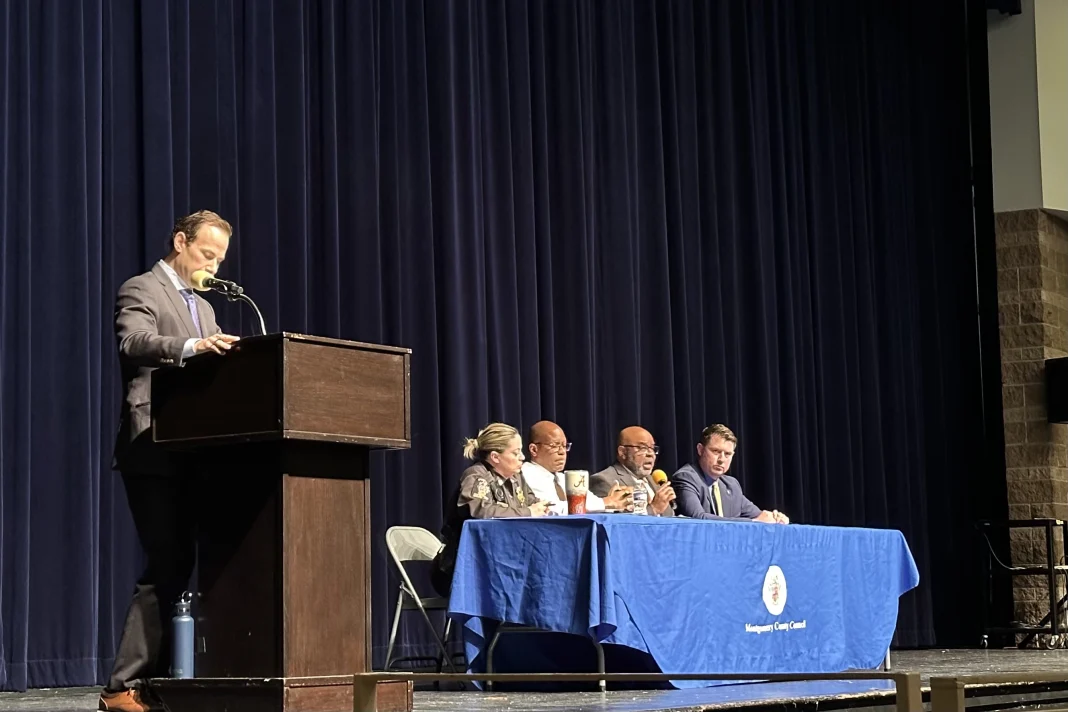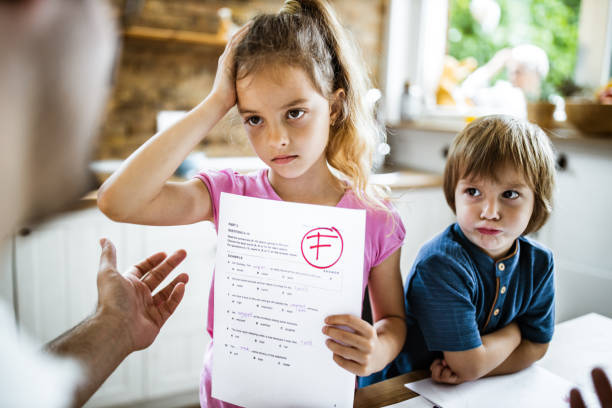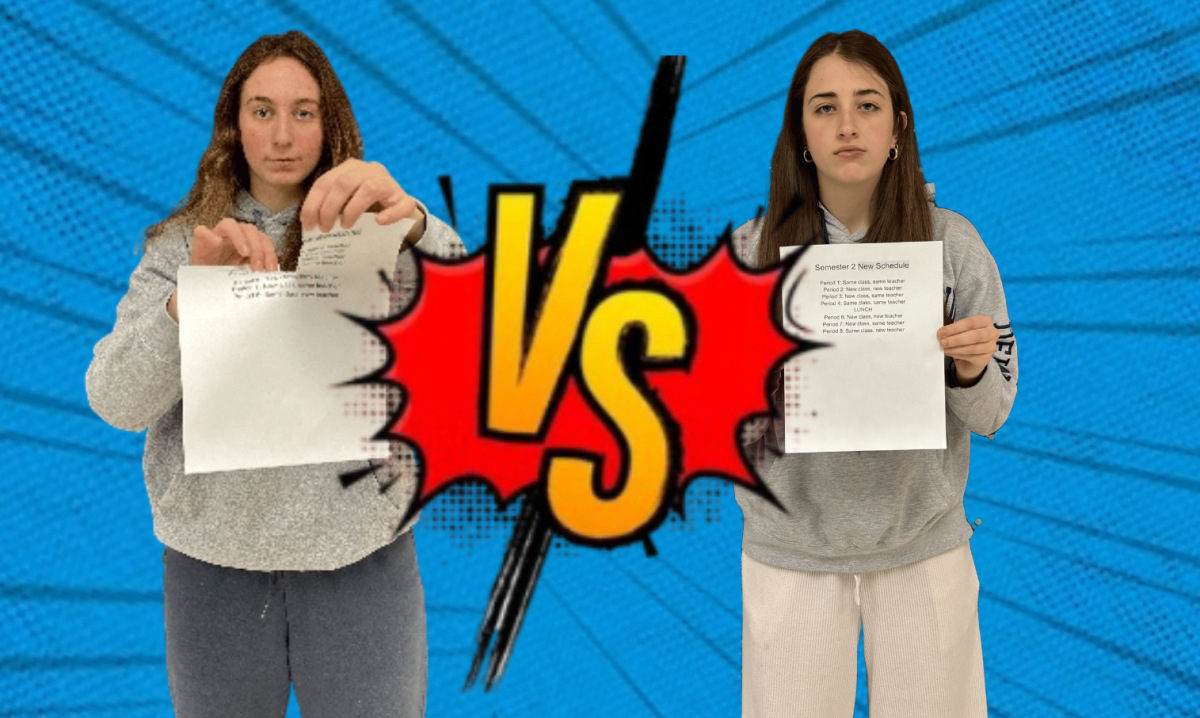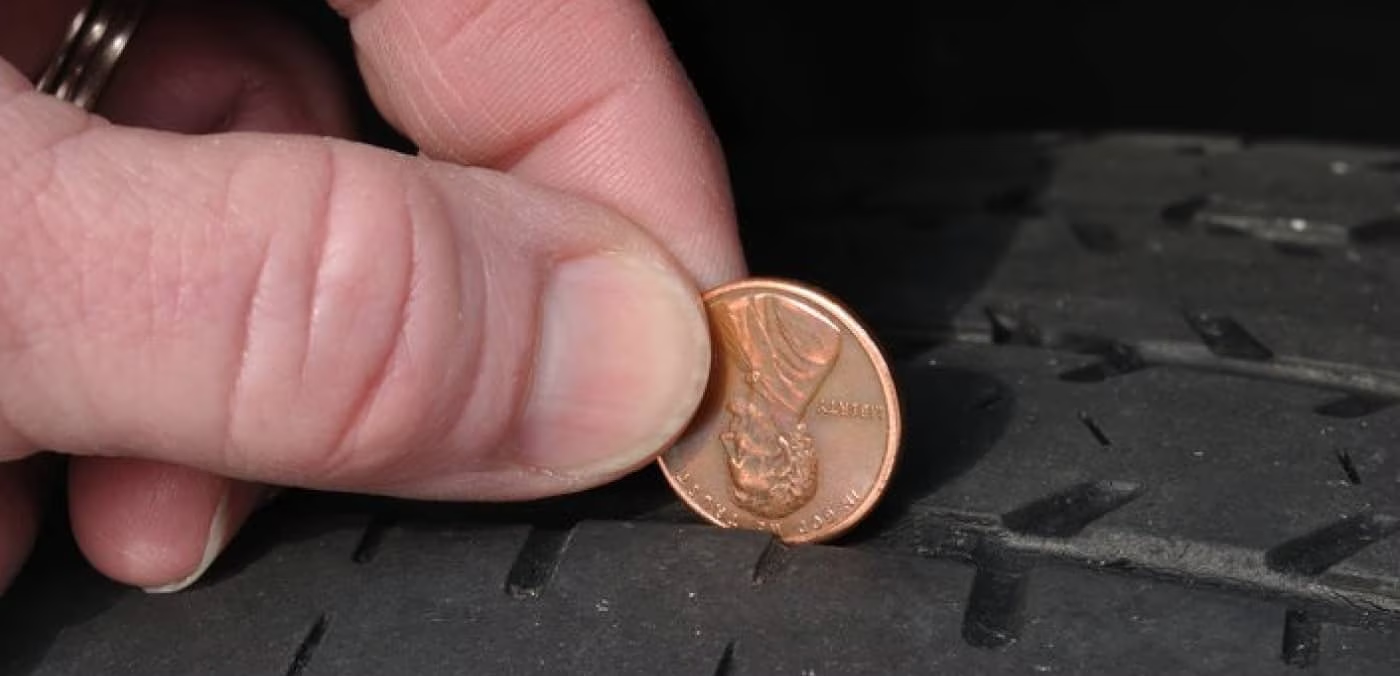Four thousand dollars open up a world of possibilities. With this large sum of money, the school could improve its bathrooms or purchase new computers. Despite the immense benefits of saving money, the school has made the conscious decision to continue paying thousands of dollars for Turnitin, a useless and unethical program that the school uses to check for plagiarism.
According to the CHS Parent and Student Handbook, the penalty for plagiarizing ranges from a zero on a particular assignment to expulsion from the school system. Despite the severe repercussions, teachers sometimes unknowingly reprimand innocent students for plagiarizing their assignments. In other cases, teachers are unable take action against students who plagiarize because of Turnitin’s incomplete and unspecific reports.
One major problem with the Turnitin software is that many of the phrases flagged by its detection system are not incidents of plagiarism, but commonly used phrases that define the topic of the paper, such as “global warming.”
According to Inside Higher Ed, an online publication that focuses on college and university topics, researchers have found “high percentages of flagged material in the topic terms of papers.” Turnitin counts titles, quotations and page numbers as plagiarized material. Such baseless and inaccurate reporting has unfairly raised students’ plagiarism percentages above the accepted threshold.
Furthermore, Turnitin is unsuccessful in preventing certain types of plagiarism.
According to Community.turnitin.com, a website that rates the various services of Turnitin, the Turnitin plagiarism detection software is unable to recognize plagiarized material from print sources.
Turnitin is not a complete plagiarism checker because it can only cross reference with online sources. Students who are aware of this can plagiarize from books without being caught. Also, it does not flag sentences that have been slightly altered from other sources. Turnitin often misses plagiarized material while wrongly identifying commonly used phrases as copied material.
According to the University of California Office of Instructional Development, using a service like Turnitin has adverse legal implications for students.
Writings that are supposed to be confidential between a teacher and student are often exposed by Turnitin if it finds another paper to be similar.
According to Cyberdash.com, a website that critiques online programs, McGill University lost two court cases filed by its students for forcing them to submit their essays to Turnitin. The students claimed that Turnitin violated the Family Education Rights and Privacy Act of 1974, (FERPA), which protects the privacy of student education records.
According to Inside Higher Ed, Turnitin fails in reporting the source of the material from which a student has copied. Texas Tech researchers found that when they submitted plagiarized papers, the sources that Turnitin produced did not match the websites used to create the plagiarized paper. As a result, teachers are unable to punish students who plagiarize because they do not know where they copied from.
Given Turnitin’s imprecise plagiarism meter and its controversial methods, it should not be used to check for plagiarism. Though Turnitin advertises itself as the “leading academic plagiarism detector,” it actually lacks the technological sophistication that should be present in such programs. Alternative measures need to be taken to ensure academic integrity. Turnitin– an outdated and ineffective program–is definitely not the answer.








Anonymous • Apr 24, 2017 at 7:56 pm
I completely copied another paper, and the only thing Turnitin marked was MY NAME! It doesnt work at all.
Kim William Gordon • Feb 26, 2017 at 3:51 pm
I am in absolute agreement.
I just reviewed a paper in which the words “pre and post test” were flagged. Common terms. Industry terms. Yet TurnItIn flagged them.
Absurd.
This is a useless software (I won’t call it a tool).
Kim